A Seasonal Guide to Majorca: Embracing the Island's Charms
In this island of contrasts and ever-changing beauty, there is a time for every traveller. Whether you're drawn by the call of the summer sun or the gentle touch of autumn's breeze, Mallorca awaits with open arms, ready to unveil its secrets and share its warmth. Welcome to Mallorca, an island for all seasons.
7 min read
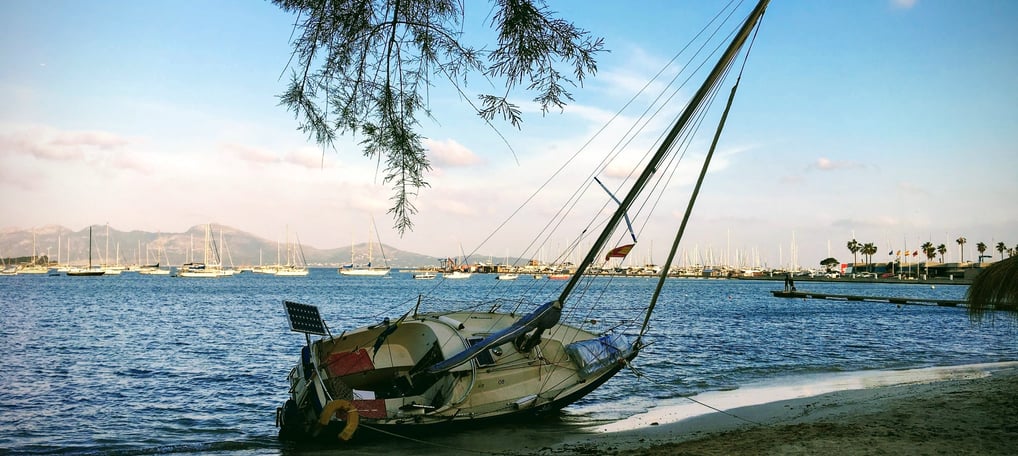

Mallorca's charm lies not just in its summer allure but in its year-round appeal. Each season paints the island in a different light, offering varied experiences to those who tread its paths. As a local, I've come to appreciate the subtle changes—the way the light shifts, the sea's changing moods, and the land's response to the elements.
In this island of contrasts and ever-changing beauty, there is a time for every traveller. Whether you're drawn by the call of the summer sun or the gentle touch of autumn's breeze, Mallorca awaits with open arms, ready to unveil its secrets and share its warmth. Welcome to Mallorca, an island for all seasons.
This guide delves deeper into what makes Mallorca special throughout the year, touching on the enchanting winds that sweep across the island and how they shape your experience.
Summer: Basking in the Mediterranean Sun
Summer in Mallorca is a vibrant tapestry of sunlit days and balmy nights. The island's coastlines beckon with their azure waters and golden sands, providing a paradise for beach lovers and water sports enthusiasts alike. The summer winds, particularly the Embat, a sea breeze that cools the hot afternoons, make sailing and windsurfing exceptionally pleasant, offering a respite from the midday heat.
Inland, the summer vibrancy extends to Mallorca's cultural heart. The island's historic towns and villages are alive with festivals that blend traditional and contemporary life. These celebrations are a feast for the senses, with local music, dance, and art showcasing the rich tapestry of Mallorcan culture. The warm summer evenings are perfect for exploring the narrow, cobbled streets of Palma's old town, where the air is filled with the scent of Mediterranean cuisine and the sounds of lively conversations.
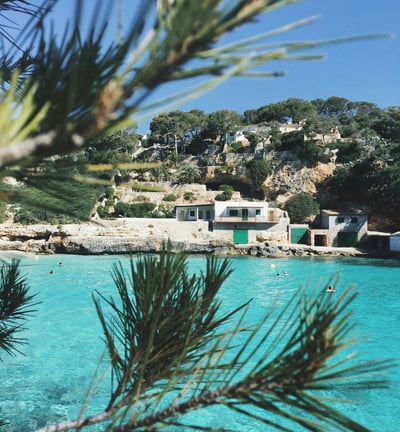

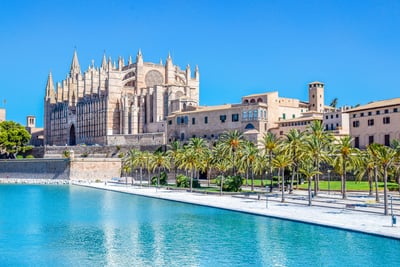

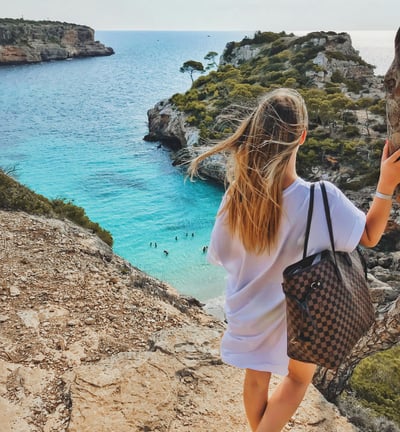

Autumn: A Season of Harvest and Hues
As the summer crowds dissipate, Mallorca reveals a more serene side. The island's landscape transforms with the hues of autumn, offering a cooler, quieter environment for exploration. This season is ideal for hiking and cycling, especially with the gentle yet invigorating Llevant wind that sweeps through the valleys, making the journey through the Serra de Tramuntana mountains a refreshing adventure.
Autumn is also a time of celebration and thanksgiving in Mallorca. The wine harvest in late September and October is a highlight, with local wineries opening their doors for tastings and tours, allowing visitors to savour the new vintages. Olive oil, another staple of Mallorcan cuisine, is celebrated in November with the olive harvest, offering a unique insight into traditional agricultural practices and the chance to taste some of the world's finest oils directly from the source.
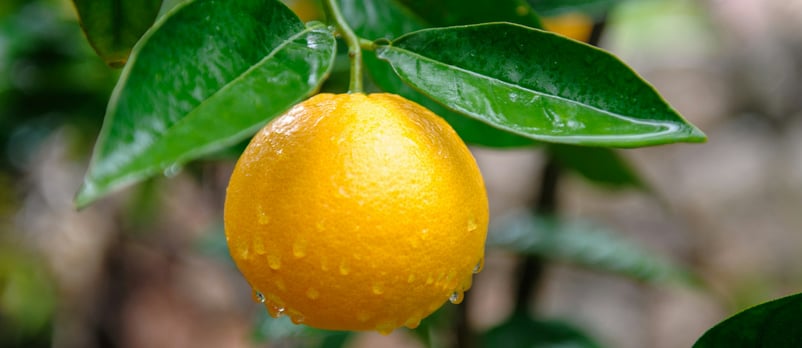

Winter: The Quiet Beauty of the Island
Winter in Mallorca is a season of contrasts, where the rare but enchanting sight of snow-capped peaks in the Tramuntana mountains invites a sense of wonder. The cooler months are a perfect time for cultural exploration without the crowds. Historical landmarks and museums offer a deeper understanding of the island's rich heritage, while the winter winds, particularly the Tramuntana, bring a crisp clarity to the air, making scenic drives and leisurely walks especially invigorating.
The culinary landscape of Mallorca in winter is rich with hearty dishes that reflect the island's agricultural bounty. Seasonal produce, like oranges and almonds, are at their peak, featuring in traditional recipes that warm the soul. Local markets bustle with activity, offering the freshest ingredients and a chance to mingle with the locals, sharing stories and recipes that have been passed down through generations.
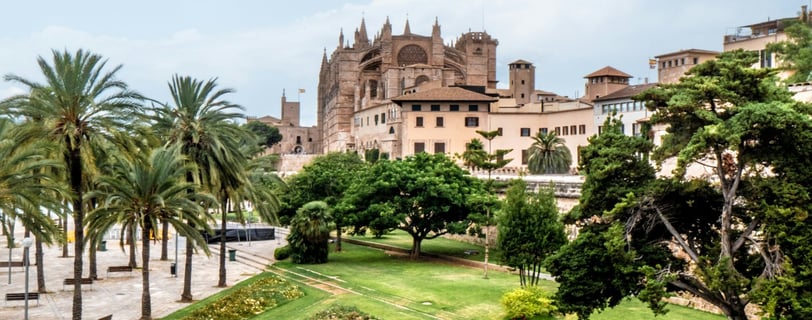

Spring: A Celebration of Renewal
Spring in Mallorca is a breathtaking spectacle of nature, with almond blossoms and wildflowers carpeting the countryside in a riot of colours. The island awakens with vibrant energy, mirrored in the lively festivals and fairs that mark the season. The gentle winds of spring, particularly the Xaloc, bring a soft warmth that makes outdoor activities like bird watching, cycling, and hiking exceptionally enjoyable.
This season is also a time for cultural rebirth, with Easter processions and local fairs that celebrate Mallorca's traditions and crafts. The island's towns and villages come alive with music, dance, and artisanal markets, offering a glimpse into the heart of Mallorcan life. Spring is an invitation to immerse oneself in the island's natural beauty and cultural richness, experiencing the rebirth of nature and the continuation of traditions that have shaped Mallorca's unique identity.
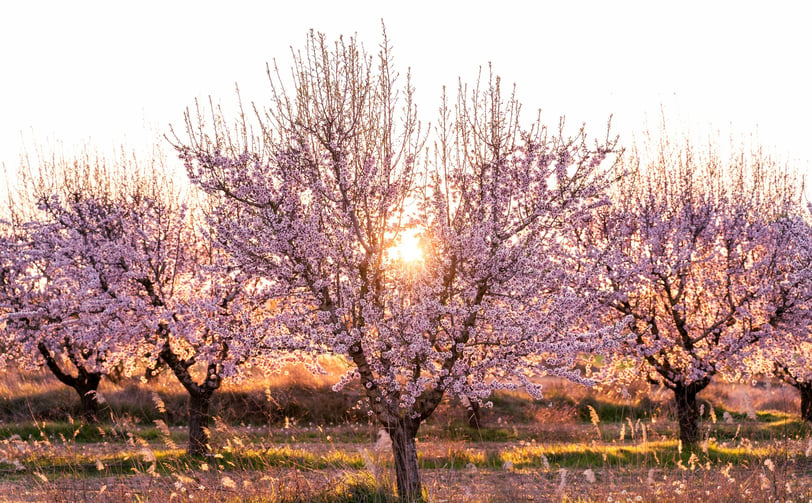

The Winds of the Mediterranean: Shaping Mallorca's Seasons
The winds of Mallorca are a defining feature of the island's climate, each bringing its own mood and influence. From the cool Tramuntana to the warm Llebeig, these winds are more than just weather phenomena; they are a part of Mallorca's soul, shaping life, traditions, and even the landscape itself. Understanding these winds adds another layer to the experience of the island, connecting visitors with the natural forces that have guided Mallorcans for centuries.
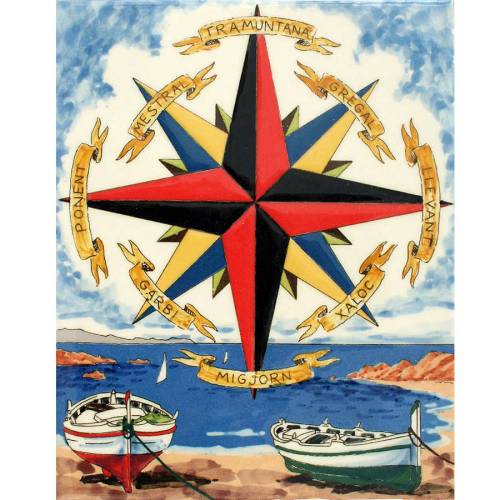

In Mallorca, the winds are not merely currents of air; they are the breath of the island, shaping its climate, landscapes, and even the daily lives of its inhabitants. Each wind that sweeps across Mallorca carries its own story, influencing the weather, the sea, and the activities one can enjoy throughout the year. Understanding these winds provides a deeper connection to the island and enhances the experience of every visitor.
Tramuntana (North Wind): The Tramuntana, perhaps the most famous of Mallorca's winds, originates from the north and is known for its cooling effect during the hot summer months. It flows down through the Tramuntana mountain range, bringing clear skies and a refreshing respite from the heat. In winter, however, it can be fierce and cold, sometimes bringing snow to the higher elevations. This wind is a sculptor of the island's landscapes, contributing to the unique formations of the mountainous regions and influencing local agriculture.
Llevant (East Wind): The Llevant brings moisture and, occasionally, rain from the east. It's a harbinger of change, often signaling shifts in weather patterns. During autumn and spring, the Llevant can refresh the island, nurturing the flora and replenishing water sources. It's also responsible for some of the spectacular sunrises that can be observed from Mallorca's eastern shores.
Xaloc (Southeast Wind): The Xaloc is a warm, humid wind that can make the air feel heavier but also brings a sense of growth and renewal. It's most appreciated in the spring, when it aids in the blooming of flowers and the sprouting of new leaves, contributing to the island's vibrant landscapes. This wind is a gentle reminder of the Mediterranean's warm embrace.
Migjorn (South Wind): Coming from the south, the Migjorn is a warm wind that can elevate temperatures across the island. It often brings clear skies and stable weather, making it a welcome presence during the transitional seasons of spring and autumn. The Migjorn is especially loved by sailors and windsurfers for the good sailing conditions it creates along the southern coast.
Garbí (Southwest Wind) and Llebeig (Southwest Wind): These winds are known for their warmth and moisture, contributing to the pleasant evenings that are perfect for al fresco dining and leisurely strolls along the beach. They maintain the mild climate Mallorca is famous for, especially during the shoulder seasons.
Ponent (West Wind): The Ponent is a clean, dry wind that often brings good weather and clear skies. It's particularly cherished after periods of rain, as it helps to clear the air and reveal the island's stunning vistas in full clarity.
Mestral (Northwest Wind): Similar to the Tramuntana but coming from the northwest, the Mestral is a cooler, drier wind. It can be a bit stronger and is appreciated for its ability to clear the skies and lower humidity, making it especially refreshing during the warmer months.
The Dance of the Winds: Together, these winds create a dynamic climate that shapes the rhythm of life on Mallorca. They influence the best times for agriculture, the perfect moments for sailing, and even the most magical times for simply enjoying the island's natural beauty. By understanding the winds, one can truly align with the natural pulse of Mallorca, making every visit a unique and harmonious experience with nature.
The winds of Mallorca are more than meteorological phenomena; they are a testament to the island's dynamic and ever-changing environment. As you explore Mallorca, let the winds guide you through its landscapes, from the serene beaches caressed by the Llebeig to the rugged mountains shaped by the Tramuntana. Each breath of wind is a whisper of the island's soul, inviting you to delve deeper into its natural wonders and cultural heritage.
Conclusion: Mallorca's Endless Appeal
Mallorca, with its changing seasons and the ever-present influence of the Mediterranean winds, offers a rich and varied tapestry of experiences. Each season unfolds with its own beauty and opportunities, inviting visitors to discover the island's natural wonders and cultural treasures. Whether you're drawn to the vibrant energy of summer, the tranquillity of autumn, the introspective beauty of winter, or the renewal of spring, Mallorca awaits with open arms, ready to reveal its secrets and enchantments.
